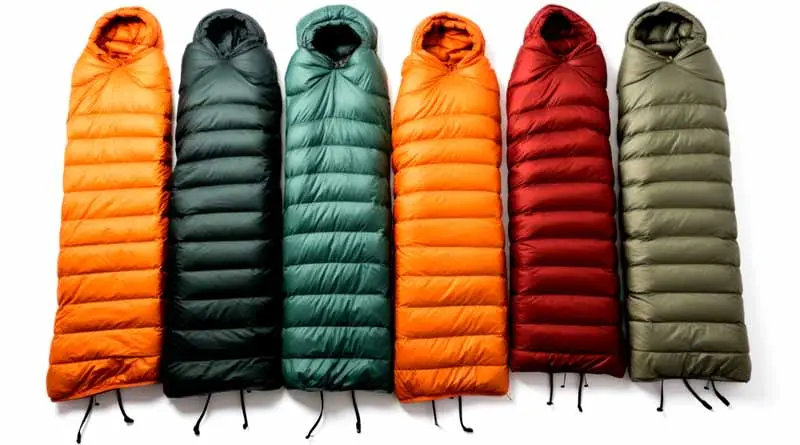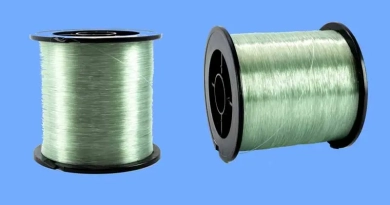
What’s the Best Type of Sleeping Bag for Camping?
It was the crispness of an early autumn evening that got me pondering—a matter most essential for any camper: What’s the best type of sleeping bag for camping? As the sky painted itself in hues of deep orange and dusky pink, my mind wandered through memories of countless nights under the stars. Each adventure a testament to the truth that the choice of a sleeping bag can make or break your night in the wild.
The Quandary of Choosing the Right Sleeping Bag
Exploring the intricacies of selecting the ideal sleeping bag for camping is akin to navigating a labyrinth of choices where each turn holds a profound impact on your comfort and survival in the wilderness. This quest is paramount because the wrong choice can lead to uncomfortable nights, or worse, dangerous situations due to inadequate protection against the elements. Here, we delve deeper into why this choice is so critical and the multitude of factors that make it complex.
The Critical Importance of the Right Sleeping Bag
1. Environmental Compatibility: The primary challenge lies in matching your sleeping bag to the specific environmental conditions you anticipate. For instance, the thin air and biting cold of high alpine regions demand a sleeping bag that offers superior insulation and minimal heat loss, while a family campsite in a forested area with mild temperatures might allow for a lighter, more spacious option. Each environment presents unique challenges—altitude, humidity, and temperature fluctuations—all of which must be met with the appropriate sleeping gear.
2. Activity Type: The nature of your camping trip—be it backpacking, car camping, or a base camp for mountaineering—also dictates your choice. Backpackers need lightweight, highly compressible bags that don’t sacrifice warmth, whereas car campers might prioritize comfort and space over weight and compressibility.
3. Personal Comfort and Preference: Beyond environmental and activity considerations, personal comfort plays a crucial role. Some campers might prefer the snug fit of a mummy bag, while others might opt for the roomier feel of a rectangular bag, especially if they tend to move around in their sleep.
The Spectrum of Choices and Their Implications
Down vs. Synthetic:
- Down Sleeping Bags: These bags are celebrated for their exceptional warmth relative to their weight. They are highly compressible, making them ideal for activities where space and weight are at a premium. However, down’s Achilles’ heel is moisture; once wet, it clumps and loses its insulating properties. Despite this, advances in water-resistant down treatments have significantly improved its resilience to moisture, making it a more versatile option than in the past.
- Synthetic Sleeping Bags: Known for their robustness in damp conditions, synthetic bags retain insulation even when wet and dry quickly. They are often preferred in wet climates or for activities like kayaking where exposure to water is likely. Although heavier and less compressible, their lower cost and durability make them a popular choice for novice campers and families.
Shape and Fit:
- Mummy Bags: Tailored to encase the sleeper tightly, mummy bags are designed to maximize heat retention and reduce air pockets. Their tapered cut and hood help preserve body heat, which is crucial in frigid conditions.
- Rectangular Bags: Offering ample space to stretch and turn, these bags are perfect for those who prioritize comfort over efficiency. They are suitable for mild weather but generally not recommended for severe cold due to their inability to prevent heat loss effectively.
- Semi-Rectangular Bags: Striking a balance between mummy and rectangular styles, these bags offer a compromise, providing more room than a mummy bag with better heat retention than a rectangular model.
Implementing the Optimal Solution
Choosing the right sleeping bag involves a methodical approach to matching your needs with the bag’s features:
1. Analyze the Environment: Reflect on the typical weather and temperature range of your camping destinations. Opt for synthetic if you expect damp conditions, or down if you are heading to cold and dry areas.
2. Match the Bag to Your Activities: Consider the nature of your camping. If minimizing pack weight for long treks is your goal, a mummy-shaped down bag might be ideal. For more casual camping where convenience and comfort are key, a rectangular synthetic bag might be better.
3. Consider the Temperature Rating: Always select a bag rated for temperatures slightly lower than the coldest temperatures you anticipate. This safety margin can be crucial for ensuring comfort and safety in unexpected weather conditions.
By carefully considering these factors and choosing accordingly, you can ensure that your sleeping bag is not merely a part of your gear, but a trusted companion that enhances your camping experience, enabling restful nights under the stars no matter where your adventures take you.
Tools and Resources
To ensure you make the right choice, arm yourself with knowledge and the right tools:
- Sleeping Bag Reviews: Websites like OutdoorGearLab and REI offer comprehensive reviews and comparisons.
- Weather Forecasts: Always check the expected conditions of your camping site.
- Retailer Advice: Don’t hesitate to ask for expertise when purchasing at specialized outdoor retailers.
Wrapping Up Under the Stars
As the fire dwindles and the night draws its dark curtain, the choice of a sleeping bag seems akin to choosing a companion for the road. It must be trustworthy, able to weather what comes, and assure you warmth as the tales of the day fade into the lullabies of the night wind. Your sleeping bag is not just a part of your gear; it’s a silent guardian of your comfort and safety in the embrace of the wild. Choose wisely, and may your nights be nothing short of blissful serenity under the stars.






